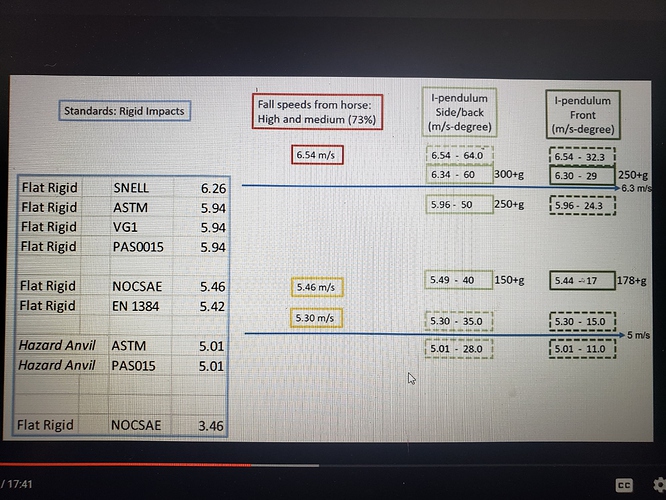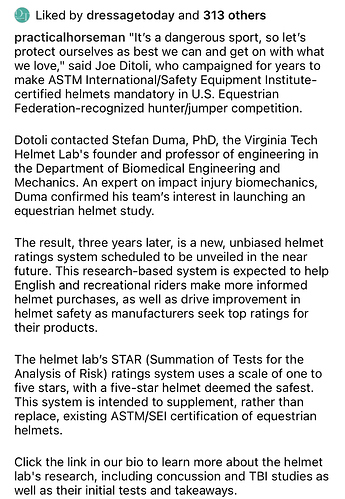Ok so if you scroll up this thread you could see the more recent updates and videos.
Specifically this one released by the VT folks:
Now, part of what I know comes from having sat through and listened at Virginia Tech to our August Symposium that the team gave to Helmet brand reps, Alphabet Org reps and little old me.
In the whole multi hour presentation we could see which tests were being done and at what levels and where it matched to existing certifications. I am unsure if that’s in this abbreviated version for the general public. I do know it was mentioned in at least 2 tests when I was sitting there.
If you would very much like to know more you can email Dr. Miller and ask. He is a very open and receptive person and is always happy to receive an email like this.
His email is listed many places publicly which is why I don’t mind posting it here.
BMiller21@vt.edu
Em


